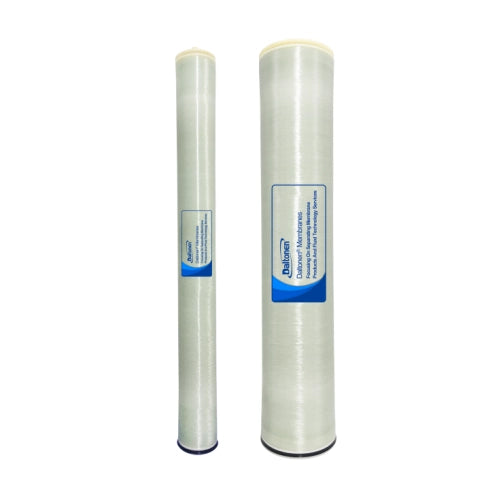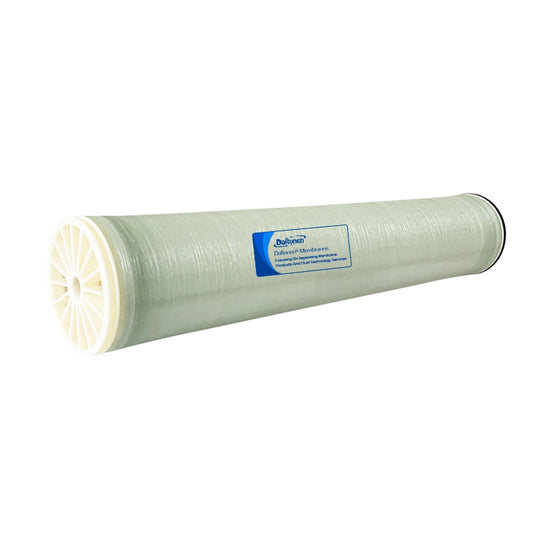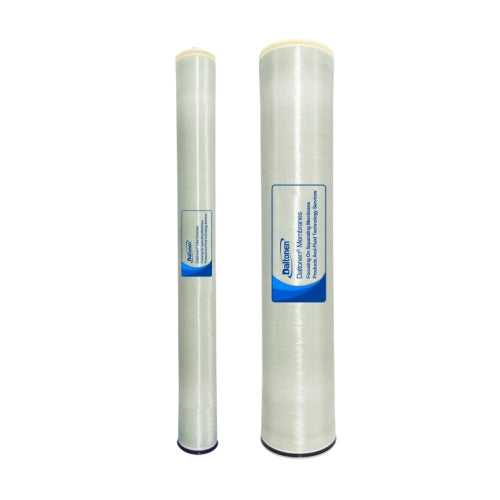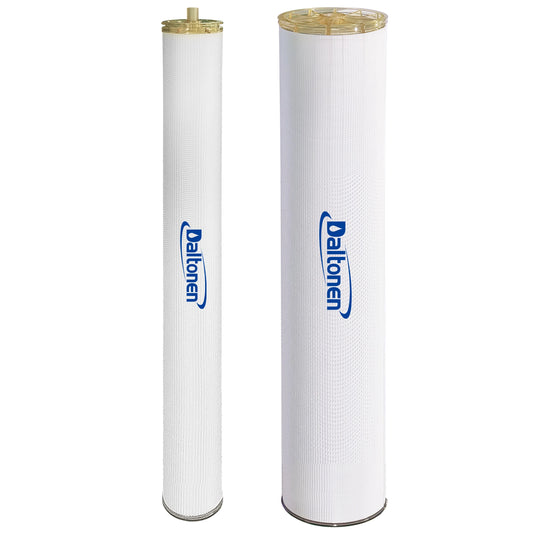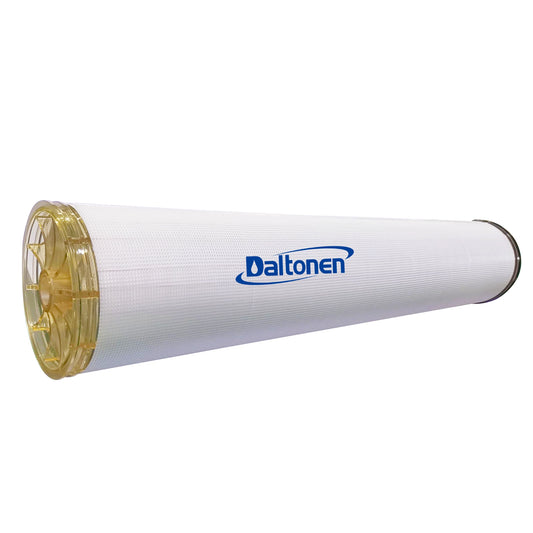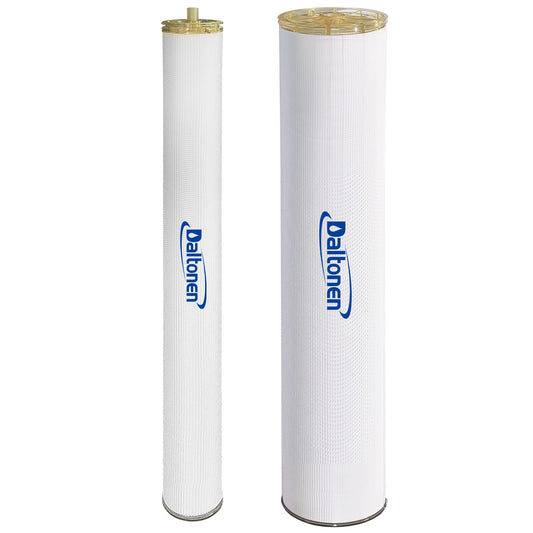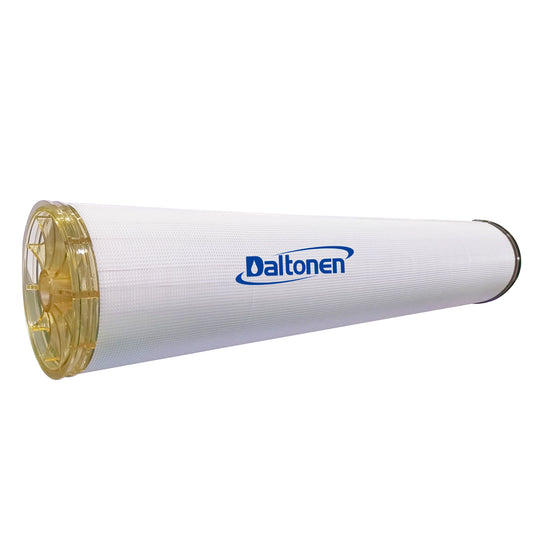Peptide Concentration Nanofiltration Process and Simplified Scheme
19 May 2025
I. Nanofiltration Process for Peptide Concentration
1. Raw Material Pretreatment
-
Filtration to Remove Impurities: Use microfiltration membranes with pore sizes of 0.1-0.45 μm to remove suspended particles, bacteria, and large molecular impurities.
-
pH Adjustment: Adjust the solution pH away from the isoelectric point (pI) of the peptides (typically pH 7-9 or 3-5) to prevent peptide aggregation or adsorption on the membrane surface.
-
Temperature Control: Maintain the solution temperature between 25-40℃ to avoid denaturation of peptides due to high temperatures.
2. Nanofiltration System Configuration
-
Membrane Module Selection: Use spiral-wound or flat-sheet nanofiltration membranes with a molecular weight cut-off (MWCO) of 500-1000 Da (selected based on the target peptide molecular weight).
-
Membrane Material Recommendation: Polyamide (PA) composite membranes are recommended due to their strong resistance to fouling and suitability for peptide systems.
-
System Mode: Employ a recirculating cross-flow filtration mode to reduce concentration polarization, equipped with a pressure pump, flow meter, and temperature controller.

3. Concentration Operation Steps
-
Initial Feeding: Pump the pretreated peptide solution into the nanofiltration system and adjust the operating pressure to 10-15 bar.
-
Recirculating Concentration:
-
Continuously retain peptides and discharge the permeate containing small molecular impurities (salts, monosaccharides, etc.).
-
Monitor the volume of the concentrated solution and stop when the target concentration factor (e.g., 5-10 times) is reached.
-
-
Constant Volume Dialysis (Optional): Continuously add deionized water and discharge the permeate to further desalt/purify the solution.
4. Post-Treatment
-
Concentrate Collection: Adjust the pH to conditions that stabilize peptide storage (e.g., pH 7.0) and temporarily store at 4℃.
-
Membrane Cleaning:
-
Water Rinse: Rinse with deionized water for 10 minutes.
-
Chemical Cleaning: Circulate 0.1-0.5% NaOH or 0.1% HCl for 30 minutes (depending on membrane tolerance).
-
Storage: Soak in a 1% sodium bisulfite solution to prevent microbial contamination.
-
5. Key Parameter Optimization
-
Transmembrane Pressure (TMP): 10-20 bar (too high causes membrane fouling, too low results in insufficient efficiency).
-
Flow Rate: 3-5 L/min (higher flow rates reduce concentration polarization).
-
Concentration Endpoint Determination: Monitor peptide concentration through UV absorption (280 nm) or HPLC.
II. Simplified Scheme (Laboratory Level)
1. Equipment and Reagents
-
Equipment: Small-scale nanofiltration apparatus (e.g., spiral-wound membrane module), peristaltic pump, pressure gauge, liquid storage tank.
-
Reagents: Pretreated peptide solution, deionized water, pH adjusters (NaOH/HCl).
2. Operating Steps
-
Pretreatment: Filter the peptide solution through a 0.45 μm filter membrane and adjust the pH to 7.5.
-
System Assembly: Connect the membrane module (MWCO 500 Da) and remove any air bubbles from the piping.
-
Concentration Operation:
-
Start the peristaltic pump, adjust the pressure to 12 bar, and initiate the recirculation mode.
-
Take samples every 30 minutes to monitor concentration and concentrate to the target volume (e.g., 1/5 of the original volume).
-
-
Finalization:
-
Collect the concentrate and store at 4℃.
-
Clean the membrane module with a 0.1% NaOH solution and store it properly.
-
3. Precautions
-
Prevent Membrane Drying: Keep the membrane moist during operation and fill with preservative solution when the system is not in use.
-
Prevent Contamination: Incomplete pretreatment can lead to a rapid decline in membrane flux.
-
Temperature-Sensitive Peptides: Maintain the temperature at ≤30℃ throughout the process.
III. Technical Advantages
-
Gentle Concentration: Low-temperature, low-pressure operation to protect the biological activity of peptides.
-
Simultaneous Purification: Removal of small molecular impurities (such as salts, solvents) to increase product purity.
-
Energy-Efficient: Lower energy consumption compared to evaporation concentration, suitable for heat-sensitive substances.
IV. Application Scenarios
-
Laboratory: Desalting and concentration after peptide synthesis.
-
Industrial Production: Recovery and refining of peptides from bioprocess fermentation broth.
-
Pharmaceutical Field: Preparation of biological formulations such as vaccines and antibody fragments.
Tags:
